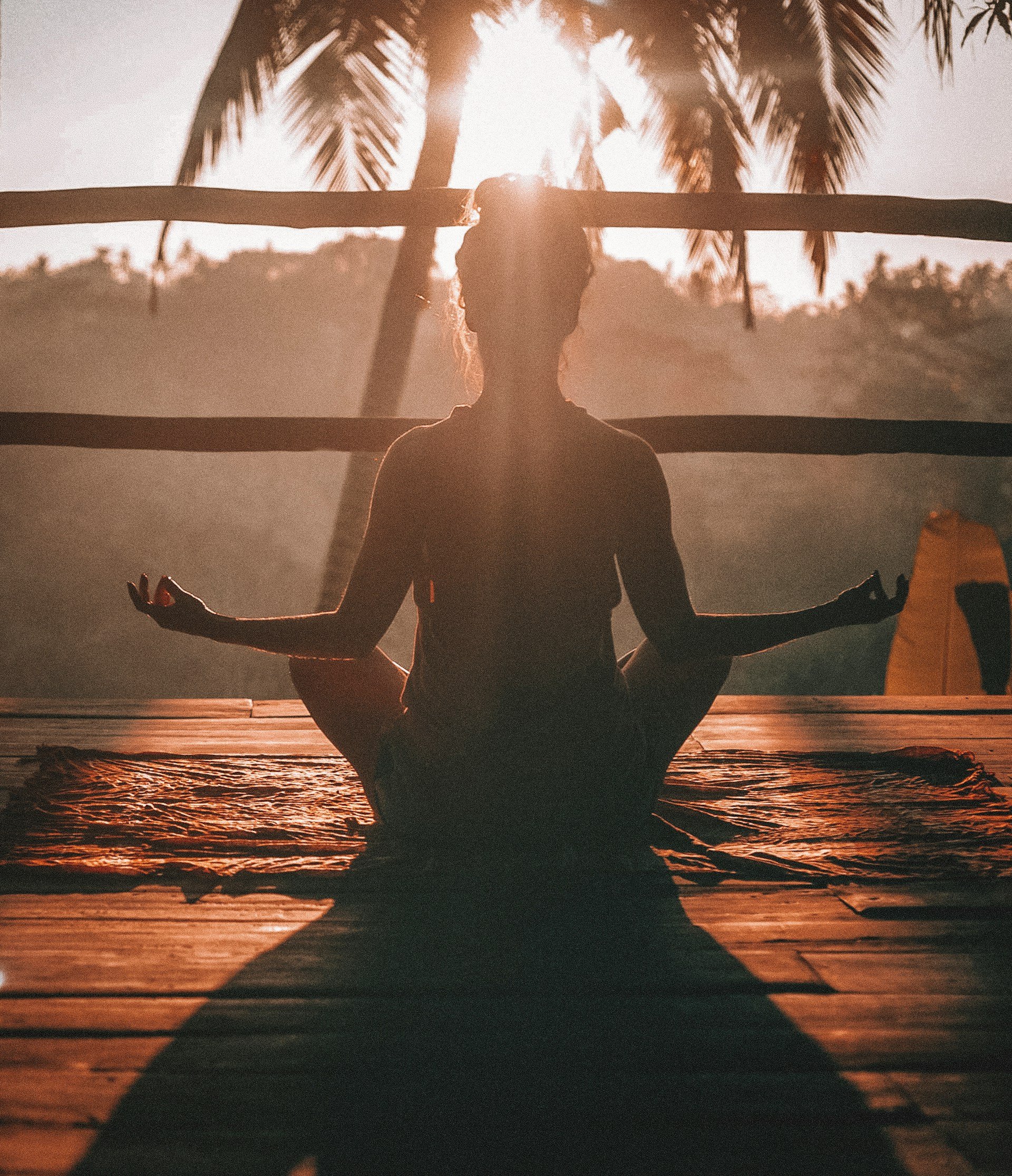In the realm of sports, athletes constantly push their bodies to the limits, striving for peak performance and enduring rigorous training regimens. With such demanding lifestyles, the need for effective recovery and relaxation becomes paramount. Enter spa rituals tailored specifically for athletes, offering a blend of rejuvenating treatments to enhance performance and accelerate recovery. Among these treatments, oxygen therapy stands out as a game-changer. Let's delve into the world of spa rituals designed to cater to the unique needs of athletes.
Understanding the Athlete's Body
Before diving into spa treatments, it's essential to understand the intricacies of an athlete's body. Intense physical activity leads to muscle fatigue, joint pain, and sometimes, injuries. These physical stresses can hamper performance and prolong recovery periods. Therefore, athletes require specialized care that targets these issues effectively.
Benefits of Spa Rituals for Athletes
Spa rituals offer a holistic approach to wellness, focusing on both physical and mental well-being. Here are some key benefits athletes can reap from indulging in these treatments:
1. Muscle Recovery
Deep tissue massages and hydrotherapy can alleviate muscle tension, improve circulation, and promote faster recovery post-training or competition.
2. Pain Relief
Therapeutic treatments such as hot stone massages and acupuncture target specific areas of pain, providing relief from soreness and discomfort.
3. Stress Reduction
Stress and anxiety can hinder performance. Spa rituals like aromatherapy and meditation help athletes relax, reduce stress levels, and enhance mental clarity.
4. Enhanced Performance
Treatments like cryotherapy and oxygen therapy can boost energy levels, improve stamina, and enhance overall performance by optimizing oxygen supply to the muscles.
Oxygen Therapy: A Breath of Fresh Air for Athletes
Among the various spa treatments available, oxygen therapy has gained significant popularity among athletes. Here's why:
Increased Oxygen Levels
Intense physical activity can lead to oxygen depletion in the muscles, causing fatigue and reduced performance. Oxygen therapy involves inhaling pure oxygen, which increases oxygen levels in the blood, promoting faster recovery and enhancing endurance.
Improved Muscle Function
Adequate oxygen supply is crucial for optimal muscle function. Oxygen therapy ensures muscles receive the necessary oxygen, reducing fatigue and improving muscle performance during workouts or competitions.
Accelerated Recovery
Oxygen therapy accelerates the body's natural healing process by promoting the production of collagen and reducing inflammation, enabling athletes to recover from injuries faster.
Mental Clarity
Oxygen is vital for brain function. Increased oxygen levels can improve focus, concentration, and cognitive function, helping athletes make quick decisions and maintain mental sharpness during competitions.
Incorporating Oxygen Therapy into Spa Rituals
Oxygen therapy can be seamlessly integrated into various spa rituals to maximize its benefits for athletes. Here are some popular treatments that incorporate this rejuvenating therapy:
1. Oxygen Facial
A facial treatment infused with pure oxygen and essential nutrients revitalizes the skin, giving athletes a fresh and radiant appearance while promoting skin health.
2. Oxygen Bar Experience
Athletes can relax and inhale pure oxygen at an oxygen bar, enjoying the calming effects while boosting their energy levels and reducing fatigue.
3. Hyperbaric Oxygen Therapy
This specialized treatment involves breathing 100% pure oxygen in a pressurized chamber. It enhances oxygen delivery to tissues, accelerates healing, and promotes overall well-being.
4. Oxygen Infused Massage
Combine the benefits of a therapeutic massage with oxygen therapy. This treatment targets muscle tension, improves circulation, and boosts oxygen levels in the blood, facilitating faster recovery and relaxation.
The Science Behind Oxygen Therapy
Understanding the science behind oxygen therapy further elucidates its efficacy for athletes. Oxygen plays a pivotal role in cellular respiration, the process by which cells convert nutrients into energy. During intense physical activity, the demand for energy increases exponentially, requiring a higher supply of oxygen to meet the body's needs.
Oxygen therapy amplifies this supply, ensuring that muscles receive an adequate amount of oxygen to function optimally. This not only boosts performance but also reduces the risk of muscle fatigue and cramping during strenuous activities.
Moreover, oxygen therapy promotes vasodilation, the widening of blood vessels, allowing for better blood flow to the muscles. This improved circulation facilitates the removal of metabolic waste products, such as lactic acid, which accumulate during exercise and contribute to muscle soreness.
Personalized Spa Rituals for Athletes
Understanding that each athlete has unique needs and preferences, many spas offer personalized treatments tailored to individual requirements. Whether it's focusing on specific muscle groups, targeting particular areas of pain, or addressing mental fatigue, customized spa rituals ensure that athletes receive the most beneficial and personalized care.
Spas often collaborate with sports physiotherapists and nutritionists to create bespoke treatment plans that combine various therapies, including oxygen therapy, massage, hydrotherapy, and nutritional guidance. This multidisciplinary approach ensures comprehensive care that addresses all aspects of an athlete's well-being.
Preventive Care and Long-Term Benefits
While spa rituals offer immediate relief and recovery benefits, they also play a crucial role in preventive care. Regular spa treatments can help identify potential issues before they escalate into more significant problems. Therapists can detect muscle imbalances, joint misalignments, and other biomechanical issues, enabling athletes to address these issues proactively.
Furthermore, the long-term benefits of consistent spa treatments are undeniable. Athletes who incorporate spa rituals into their training regimen report improved flexibility, enhanced range of motion, reduced injury rates, and overall improved performance.
The Role of Nutrition and Hydration
While spa rituals play a vital role in enhancing performance and recovery, it's essential to complement these treatments with proper nutrition and hydration. Adequate hydration ensures that muscles receive the necessary nutrients and oxygen-rich blood, optimizing performance and recovery.
Nutritional guidance from experts can help athletes make informed choices about their diet, ensuring they consume the right balance of macronutrients and micronutrients to support their training and recovery goals.
Spa rituals tailored for athletes offer a sanctuary of healing, relaxation, and rejuvenation, providing a holistic approach to wellness that addresses both physical and mental well-being. Oxygen therapy, with its myriad of benefits, stands as a testament to the innovative and effective treatments available to athletes today.
Incorporating these spa rituals into their training regimen enables athletes to unlock their full potential, pushing boundaries, and achieving new heights in their respective sports. As the line between sports science and wellness continues to blur, spa rituals are set to play an increasingly pivotal role in shaping the future of athletic performance and recovery.
Embrace the power of spa rituals, prioritize your well-being, and embark on a journey to enhanced performance, accelerated recovery, and a healthier, more balanced life.























































